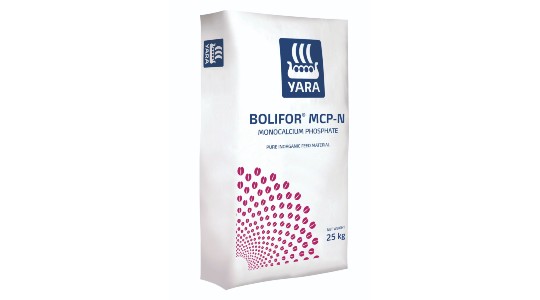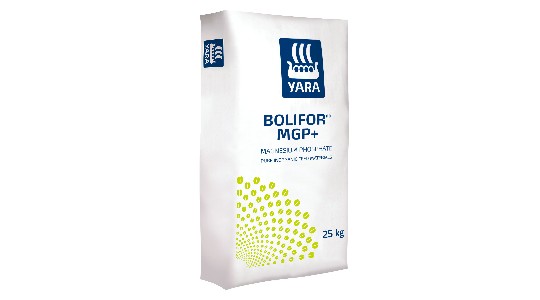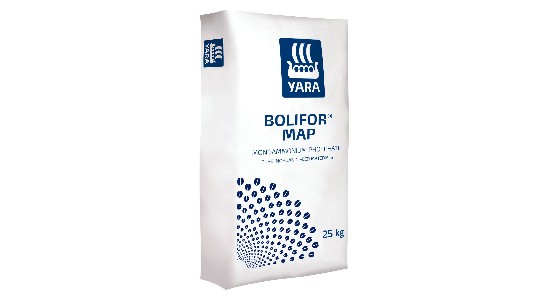Agronomy advice
Unravelling the language of phosphorus utilisation
Phosphorus, like other nutrients, is not fully absorbed and utilised by the animal in any feedstuff, including inorganic feed phosphates. However, different methodologies for reporting when talking about phosphorus in monogastric nutrition can lead to confusion.
Phosphorus (P), like other nutrients, is not fully absorbed and utilised by the animal in any feedstuff, including inorganic feed phosphates. Accurate knowledge of the P fraction which is utilized by the animal, or P value of an ingredient, is needed to formulate optimal diets for livestock, maximise livestock production efficiency and minimize P voiding. The P-value can be calculated as the total P content times its “availability”. However, the high number of research techniques and concepts such as bioavailability, digestibility, apparent digestibility, standard digestibility associated with phosphorus can generate confusion. The aim of this article is to create clarity and avoid comparing apples with oranges when we talk about phosphorus in monogastric nutrition.
Relative bioavailability is qualitative and has no value in diet formulation
This method assigns a biological value of 100% to a reference phosphate. The relative biological values of other test phosphates are determined by comparing the results obtained for a response criteria among all the P sources tested. Its value is expressed in relation to the biological value of a standard source used. Bone ash, density and breaking strength or body weight gain, have been classically used as response criteria. As a consequence of the methodology, results vary between different researches because of differences in protocols, reference phosphate used and its origin. It is a qualitative measurement and has no value for diet formulation.
Phytate phosphorus has long been assumed to be unavailable to monogastric livestock. Thus, the non-phytate P (i.e. inorganic feed phosphates) has been assumed to be fully available, and therefore calculated as follows: No-Phytic P=Total P-Phytate P. However, it has been shown that, due to the (1) intrinsic (dietary), (2) endogenous mucosal, and (3) microbiota-associated phytases, monogastric animals can partially degrade phytate.
Digestible phosphorus is the most reliable measurement
It is the proportion of dietary P that has disappeared from the small intestine. It is measured by recovering the digesta at the terminal ileum.
For more information please check out the pdf document
Related Publications
Recommended products
Our full range of animal nutrition includes
Looking for more information ...
Our animal nutrition sales team is based locally in the UK and are ready to answer your questions. If you have any questions or would just like to get in touch please provide your contact details and someone will get in touch.
Bolifor and Rumisan are registered trademarks owned by Yara. Any unauthorised use is expressly forbidden.

























































